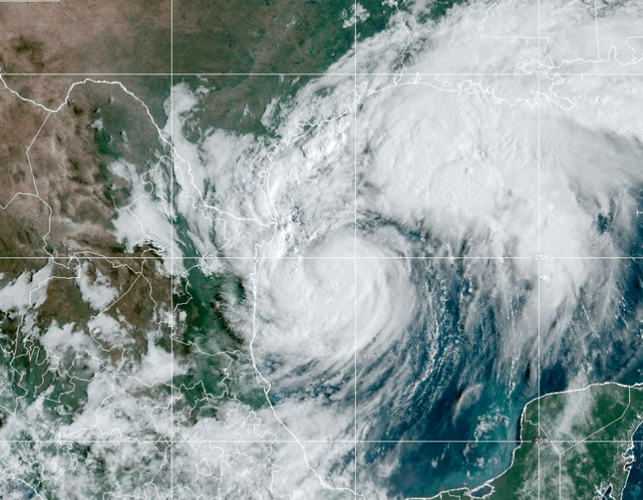NEW ORLEANS (Oct. 3, 2013) Some 311 new students came to Dillard this fall, but that wasn’t enough to avoid a 9.5 percent decrease in the total student population when compared with fall 2012, according to officials.
David Page, vice president of enrollment management, attributed the numbers to several factors and mentioned three: tuition costs, financial aid and follow-up.
The 14th-day census report showed 1,183 students this fall, compared with 1,307 in fall 2012; 1,118 students in fall 2010; 1,029 in fall 2009 just prior to the official census; and 851 in 2008.
The latest report provided by Page doesn’t break down how many of the 311 were freshmen and/or transferred, but the number represents 26.3 percent of students enrolled. However, of returning students, 9.8 percent (116) are freshmen; 23.6 percent (279) are sophomores; 21.4 percent (253) are juniors; and 18.9 percent (224) are seniors.
Page said the largest major remains Nursing/Pre-nursing, followed by Biology, Public Health, Psychology and Mass Communication. However, he did not provide numbers.
Louisiana still provides the majority of DU students, but the percentage is smaller. This year 741 students are from Louisiana, or 62.6 percent, compared with 846, or nearly two-thirds, in fall 2012. California, Texas and Illinois, in that order, remain the top three states outside of Louisiana for Dillard students with 136, or 11.5 percent for California; 76, or 6.4 percent for Texas; and 60, or 5.1 percent for Illinois.
One interesting difference this year was the increase in foreign students. This category had the next-highest number to Illinois, with 37, or 3.1 percent. That’s up from less than 1 percent last fall, or 12 students, and can be attributed in part to the new program for students from Brazil.
In an email interview analyzing the numbers, Page conceded that DU tuition costs can be a problem for the families of DU students. He noted the average family income is $35,000, and more than three-fourths of Dillard’s students are Pell Grant-eligible.
“So our students are high-need, and not everyone has the funds to cover our costs,” he said. Even so, Page called attending DU “affordable and a good buy.”
Page also noted that DU must be competitive with its financial aid packages, “and we have to be timely with sending that information to students.” He said his office is working to resolve any technical challenges.
Finally, he said, DU must follow up: “If we don’t do those things well, [we] are not providing the best service to our students, and if we don’t do that, someone else will.”
Pre-Katrina enrollment at its highest was 2,092 in fall 2003. When Hurricane Katrina hit in 2005, DU had 1,993 students enrolled.
(Whitney Patterson contributed to this report.)





























